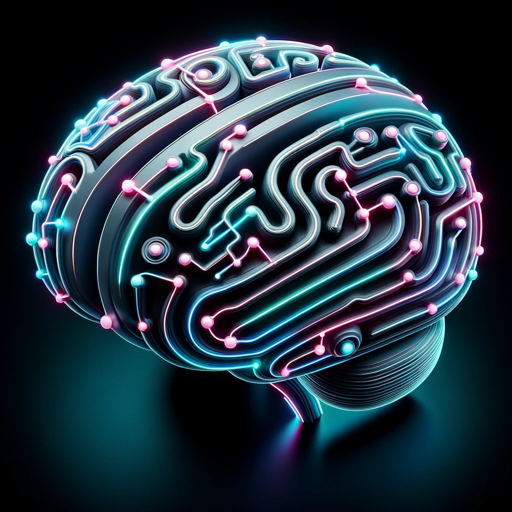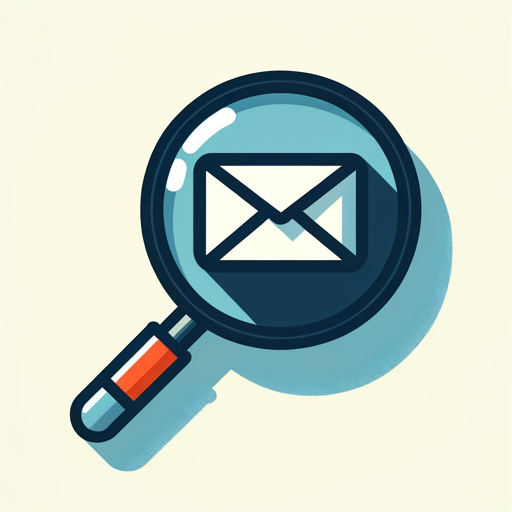Neuroscience Sleep Optimizer-sleep optimizer for circadian rhythm
AI-powered sleep and circadian optimizer
How do I sleep better
How much poor sleep costs me
Trouble falling asleep
Does melatonin help sleep
Related Tools
Load More
Top 1% Sleep Performance
Guiding hard-working individuals to optimize sleep, blending scientific insights with practical solutions.

Sleep Coach
A Sleep Coach GPT for Deciphering Your Sleep Patterns, Identifying Issues, and Providing Tailored Sleep Improvement Strategies

Neuro Assistant
Neurology-focused GPT for creating patient HPIs with medical accuracy.

Dr. Neuroscience
A scholarly expert in neuroscience

Neuro Explorer
Extensive Neuroscience knowledge base enriched with the latest scientific papers.

Brainwave Analyst
Interprets and analyzes QEEG data, explaining EEG patterns and their implications.
20.0 / 5 (200 votes)
Neuroscience Sleep Optimizer Introduction
The Neuroscience Sleep Optimizer is a system based on cutting-edge neuroscience to optimize sleep and circadian rhythm. Its primary goal is to use scientific insights to help individuals align their daily activities (light exposure, meal timing, exercise) with natural biological cycles. By leveraging these insights, it improves the sleep-wake cycle, enhancing focus, mood, and overall health. For example, it teaches users to get bright sunlight in the morning to set their circadian rhythm or adjust their eating schedule to sync with their body’s natural energy levels. The Optimizer is designed to be low-cost and behavior-focused, avoiding pharmaceuticals or complex interventions.

Core Functions of Neuroscience Sleep Optimizer
Light Management
Example
Getting 15 minutes of natural sunlight in the morning
Scenario
Morning sunlight helps reset the circadian rhythm, ensuring a natural energy boost early in the day and easier sleep onset at night.
Meal Timing Adjustments
Example
Avoiding large meals 3 hours before bed
Scenario
Late meals disrupt sleep by sending wake signals to the digestive system. By adjusting eating schedules, sleep is improved, and weight regulation is more consistent.
Temperature Minimum Training
Example
Tracking core body temperature to find the lowest point (temperature minimum)
Scenario
Knowing your temperature minimum helps you avoid mistakes like exercising late at night or eating too close to sleep, which may disrupt your body’s natural cool-down phase, delaying sleep onset.
Target Users of Neuroscience Sleep Optimizer
Shift Workers
People with non-standard work hours (night shifts or irregular schedules) face severe circadian disruptions. The Optimizer helps them recalibrate their rhythms with light exposure, meal, and activity adjustments tailored to counteract their work schedule.
High Performers (e.g., Athletes, Executives)
Individuals focused on performance benefit from optimized sleep for recovery, energy management, and focus. The system provides science-backed strategies like optimizing light exposure and exercise timing to maximize energy and recovery.

How to Use Neuroscience Sleep Optimizer
Visit the Website
Go to aichatonline.org for a free trial. No login or ChatGPT Plus needed.
Set Up Your Environment
Ensure you have access to natural light during the day and minimal light exposure after sunset.
Follow the Daytime Protocol
Use the tool to structure your sunlight exposure. Get 15 minutes of sunlight in the first hour of waking.
Monitor Consistency
Use the optimizer to track your wake and sleep consistency. Aim for the same sleep and wake time daily.
Adjust as Needed
Fine-tune based on your results. The tool will provide guidance on changes to your light exposure, activity, or meal timing.
Try other advanced and practical GPTs
Software Development
AI-powered software development assistant

Gate;
AI-powered journeys through unsettling horror.

FREE AI Email Finder - Find email from any website
AI-powered email finder for websites

Oregon Lawyer
AI-powered legal guidance for Oregon.

AI 자소서 첨삭 프로그램
AI-enhanced resume and cover letter review

만능 개발자 도우미 by 코딩추월차선
AI-powered development assistant for seamless coding.

자기소개서 자동 작성 - 조박사 😎
AI-Powered Self-Introduction, Simplified.

Suno AI 歌詞
Create lyrics with AI assistance

Easy Sale Ad
AI-driven ad creation for quick sales.

🧙Grimoire
Smart AI coding wizard for your projects

Ask Hermetica
Empowering Hermetic Practitioners with AI Wisdom

Ask OTel
AI-powered OpenTelemetry assistant

- Sleep Tracking
- Circadian Sync
- Light Exposure
- Alertness Boost
- Jetlag Recovery
Neuroscience Sleep Optimizer Q&A
What is Neuroscience Sleep Optimizer?
It’s a tool that leverages circadian neuroscience to improve sleep quality by helping you sync with natural rhythms of light and activity.
How does it work?
The optimizer uses your environment, light exposure, and behavioral patterns to adjust your circadian rhythm. It offers personalized recommendations based on neuroscience.
Do I need special equipment?
No. You only need access to natural sunlight, and basic data like sleep timing and wake time. The app works to optimize based on these factors.
What results can I expect?
By following the protocol, you’ll improve sleep onset, reduce waking up at night, and increase alertness during the day.
How long until I see results?
Most users see noticeable changes in their sleep within 7 to 14 days by consistently following the recommendations.